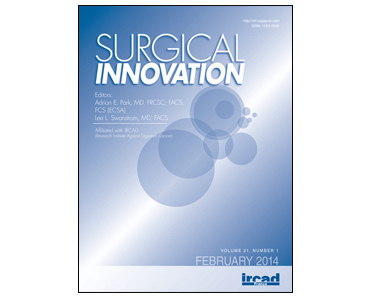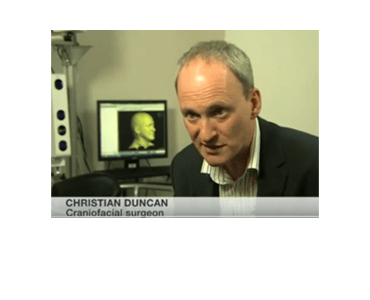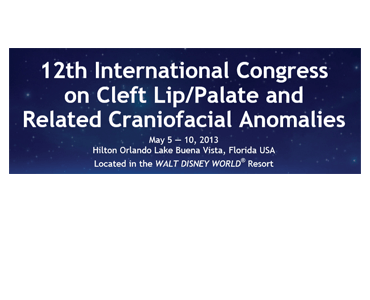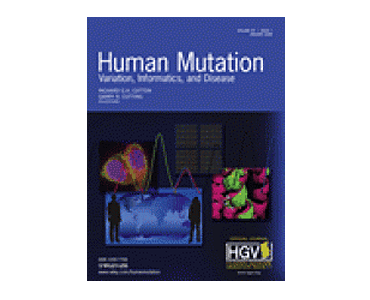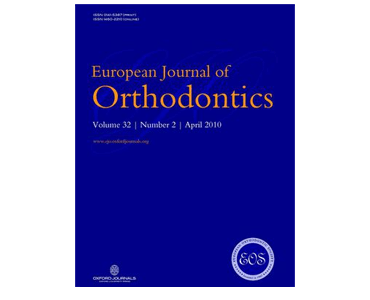Stereophotogrammetry-Based Facial Depth Measurements, A Novel Method for Quantifying Facial Projection. YSN Jayaratne, CK Deutsch, RA Zwahlen.
Date: February 2014. Source: Surgical Innovation, 21(1):59-64. Background: Orthognathic surgery leads to alteration of the spatial relationship of the mandible and maxilla resulting changes in the degree of facial projection. Traditional 2-dimensional cephalometry and photographic techniques do not provide data on facial depth. Though stereophotogrammetry can be used as a noninvasive method for evaluating facial…

